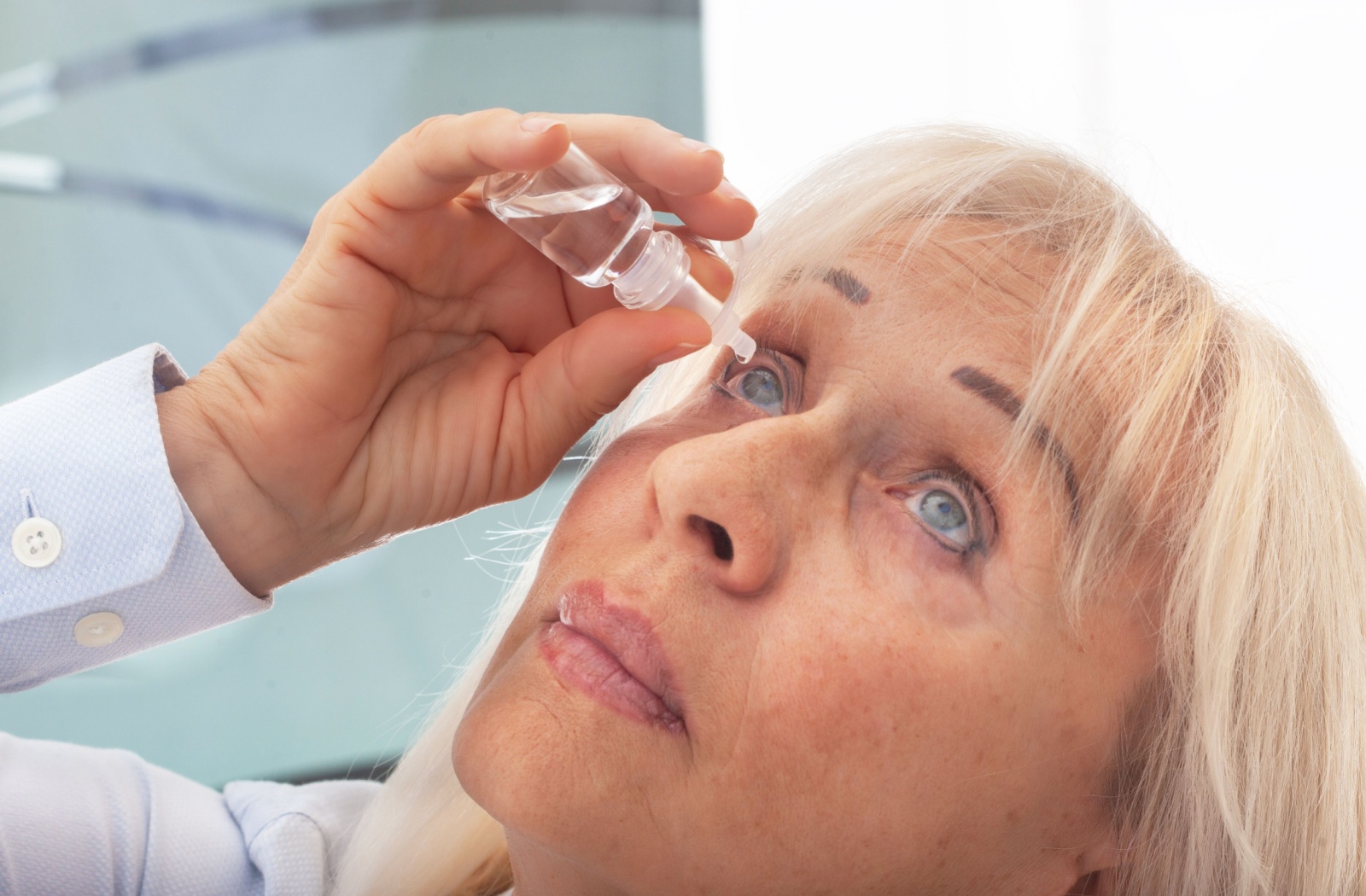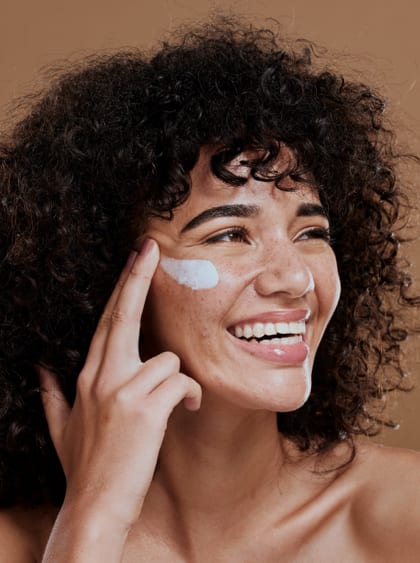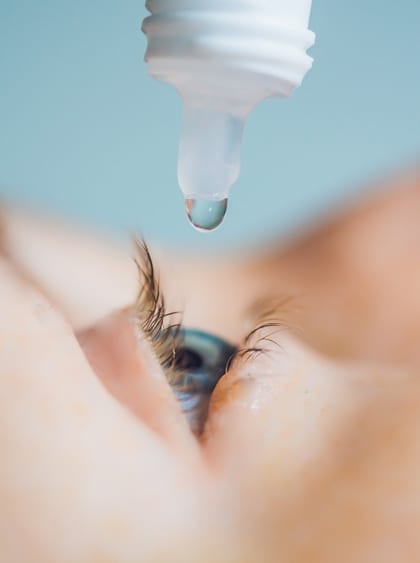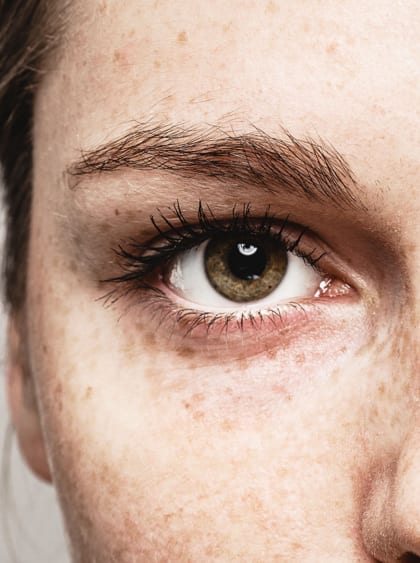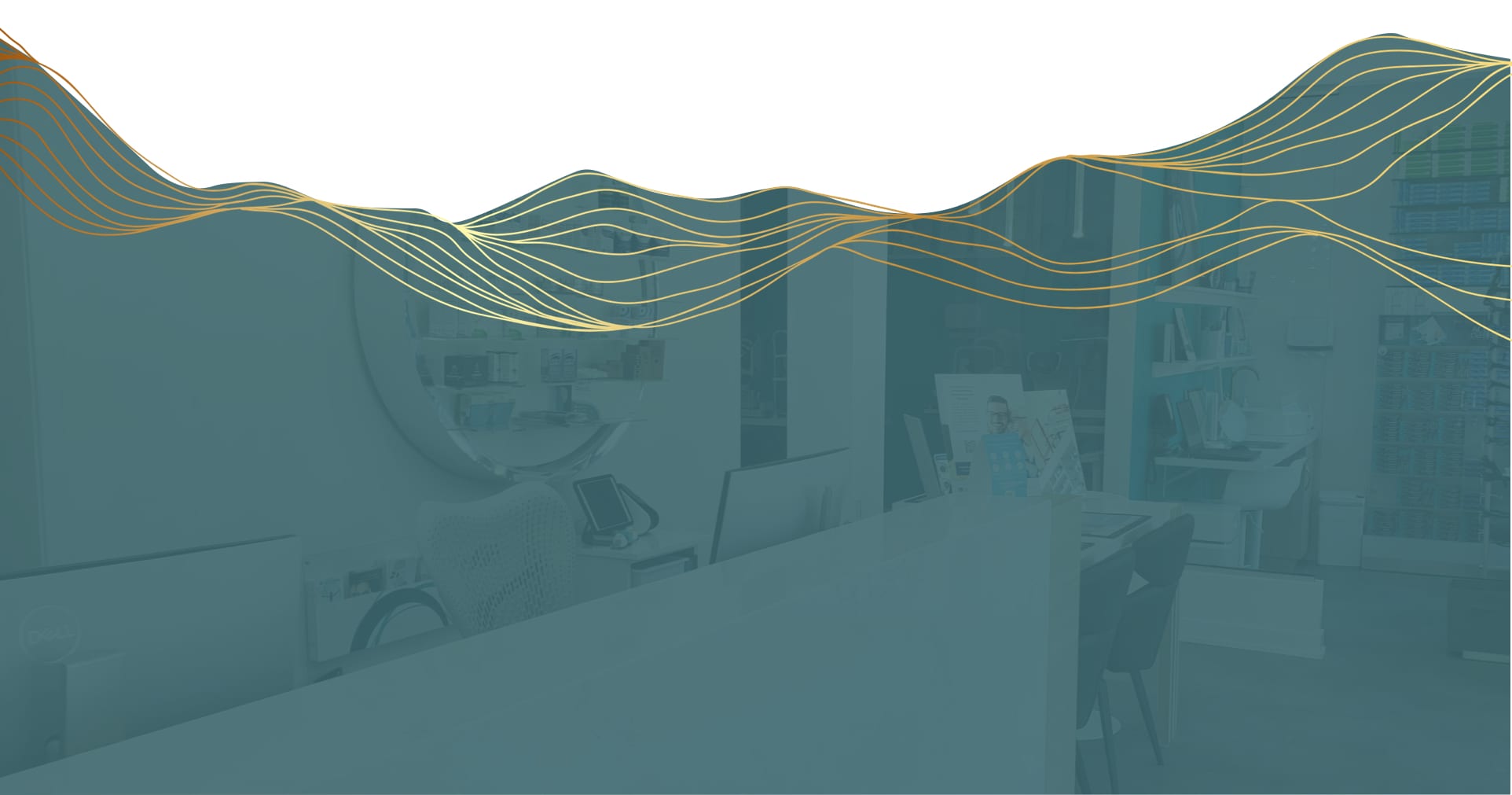Our eyes are wonderfully complex parts of our body. To give us our vision, they need specific vitamins and nutrients to stay healthy. But it isn’t just about the food you eat—a large part of your tear film and ocular fluid is made up of water. This often leads to people wondering, “Can dehydration cause dry eyes?”
When your body doesn’t have enough water, plenty of internal systems suffer—and the eyes are no exception. Dehydration can lead to an imbalance in the structure of your tear film, potentially leading to those burning, irritating symptoms often associated with dry eyes.
How Dehydration Affects the Eyes
Your eyes can be more complicated than most people think. They’re protected by a thin film of tears dispersed across their surface every time you blink. This tear film is made up of 3 layers:
- The mucus layer
- The oil layer
- The aqueous layer
This final layer is mostly water and salt. When your tear film is balanced, it helps flush away potential contaminants. Bacteria, dirt, and debris are all washed aside when you blink, and the eye can produce more tears to eliminate any problems.
However, there is a problem with this system. When there’s an imbalance in your tear film, these tears are vulnerable to issues—either the tears aren’t able to do their job, or there simply aren’t enough tears to function.
When you’re dehydrated, your body doesn’t have enough water. Almost every system in the body gets affected—your heart, kidneys, muscles, and more. And the human eye is no exception; dehydration leaves your eyes without the water needed to make enough tears.
This leaves the eye exposed and incapable of properly removing contaminants. This is dry eye syndrome.
What Is Dry Eye?
Dry eye syndrome is about more than just burning sensations. This condition affects millions of Canadians every day and is often chronic, so symptoms return sporadically.
This condition can be complex and is often caused by an underlying issue like dehydration or poor nutrition. No matter the cause, the result is the same: it leads to symptoms like:
- Scratching sensations in the eye
- Visible redness
- Foreign body syndrome
- Burning and gritty sensations, like there’s a piece of sand trapped under the eyelid
- Overly watery eyes, as the eye floods itself with poor-quality tears
However, there is another problem with dry eye syndrome. Because it leaves the eye exposed and vulnerable, you’re no longer fully capable of automatically flushing away potential hazards like dirt and dust. This exposes the eye to further problems, like scratches, abrasions, or infections.
If left untreated, dry eye can lead to significant long-term vision damage. This makes it essential to seek dry eye therapy if you notice any of the above symptoms.
Is Dry Eye Treatable?
There is good news, though—dry eye syndrome is considered highly treatable.
When it’s caused by a problem like dehydration or nutritional deficiencies, prevention can be simple. It helps to:
- Drink enough water throughout the day. The average adult needs around 3 litres of water a day. If it’s hotter or you’re exercising, it helps to drink more.
- Follow a properly balanced diet rich in fruits and vegetables. This will give your eyes the nutrients needed to create a healthy tear film.
- Avoid tobacco usage, as it can inflame the eye.
- Take the doctor recommended supplements when necessary to promote healthy tears.
If you’re already experiencing the symptoms of dry eye syndrome, reach out to your optometrist to discuss dry eye therapy. These in-office treatments can help relieve your dry eyes. At MEye Health, we offer the following:
BlephEx or Zest
Sometimes, Dry Eye can be caused by infection and inflammation in the surrounding area, like the eyelids. BlephEx or Zest aims to eliminate the buildup of bacteria and other contaminants from these areas to reduce inflammation and restore the tear’s biofilm. This is a quick and non-invasive treatment that only takes a few minutes.
Meibomian Gland Expression and Radiofrequency
For some patients, dry eye syndrome is caused by a problem with the meibomian glands, which produce the oils for your tears. If these glands become blocked or plugged, no oils can reach the tear film, and your tears evaporate too quickly.
With meibomian gland expression and radiofrequency, the area is gently heated and massaged. This can remove the blockages and help encourage healthy oil production to promote a healthier tear film.
Lid Hygiene & Artificial Tears
Sometimes, our team may recommend some take-home equipment to help you find relief from your dry eyes. This can include:
- Warm compresses to stimulate the area around the eyes
- Prescription artificial tears or eye drops to find temporary relief
- Lid cleaning kits to help reduce bacterial buildup
- Supplements for your type of dry eye
Our team will discuss the options with you to find the best solution.
Get Help for Your Dry Eyes
At MEye Health, we know how uncomfortable dry eyes can be. Our team is here to help; we believe you don’t deserve to suffer in silence. Schedule an appointment with our team to discuss dry eye therapy. Your eyes will thank you!


